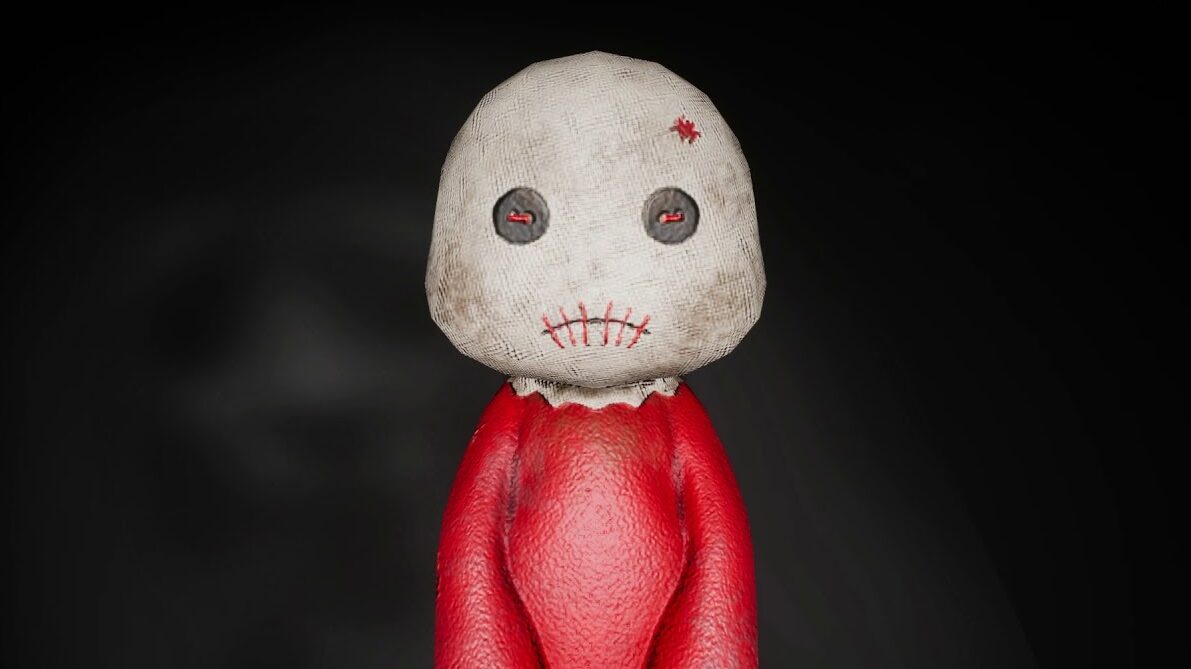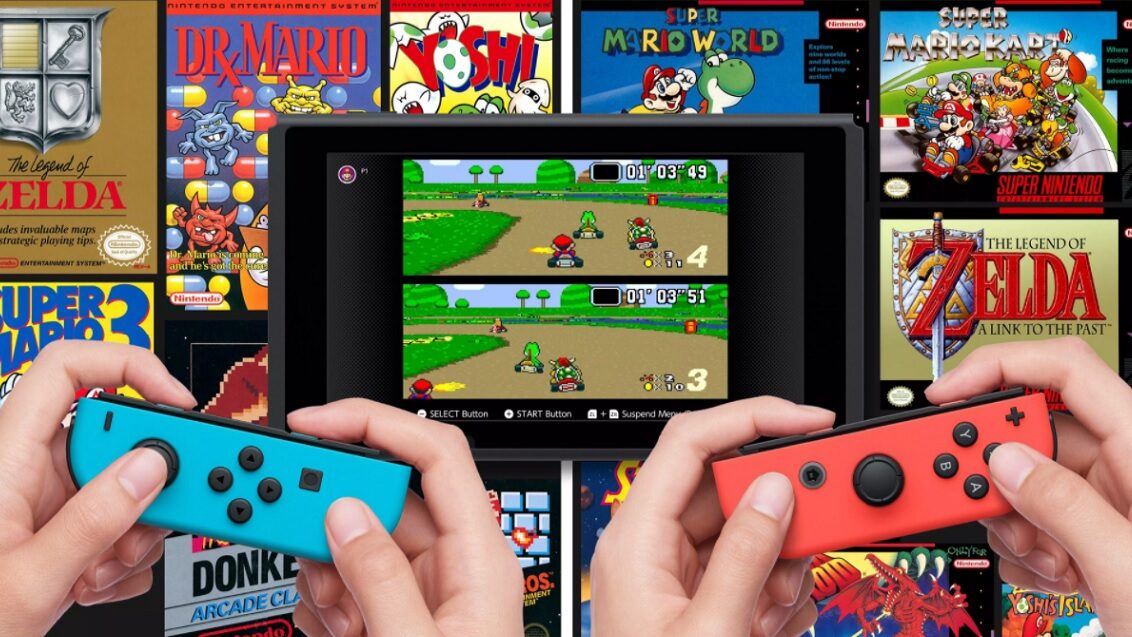Share
Well, well, we meet again! Do you still need to vent out frustration from the state of all things? Why not have another go bashing a slimy monster into a wall with a 2×4? Kick that mutated fetus in the face one more time? Try to punch the COVID19 right out of some bats? Well, the Splatterhouse trilogy is “spooktacular” for any slasher/horror film or gaming enthusiast, lover of the oozing slime and booger era called the late 1980’s/ early 1990’s, or fan of some solid retro gaming.
We’ve already covered the last two titles in the series, so let’s take a look at the third installment in this cult and grotesque trilogy!
Splatterhouse 3
It has been five years after the horrific events that took place during Splatterhouse 1 and Splatterhouse 2. After his excursions through not one, but two Splatterhouses, Rick has married his girlfriend Jennifer, and together they have a young son David. The family lives in a mansion of their own, which soon becomes… you guessed it! A Splatterhouse.
Rick must traverse through the halls of his insanely enormous mansion punching different colored headless torsos in uninspired rooms and halls. Although the Rick’s animations for his different moves have improved, the punching SFX, in all its cartoon loudness, is ideal next to the level music, that sounds as if a Genesis console where put in a meat grinder. Reminder: Splatterhouse 3 was released in 1993, between Sonic the Hedgehog: 2 (1992) and Sonic the Hedgehog: 3 (1994), the latter considered one of video games and MJ’s greatest soundtracks. The way this game just simply sounds is pretty hard to accept. The variation in SFX based on enemy and action is worse than it was with the TurboGrafx – 16 release four years or so prior. Baddies in Splatterhouse 3 sound either like a pack of growling wolves or someone having a belching contest.

However, Rick’s better-animated and is now able to headbutt, spin kick, and power-up to double his size. Following a map of Rick’s mansion, players must choose the correct path through the Splatterhouse to save both Jennifer and David from the evil within. The game acts a bit more like a beat ’em up compared to the earlier entries, complete with a life bar, instead of Terror Mask symbols representing health. Rick also uses a power bar that actually activates a nameless special move allowing Rick to become gargantuan. For a brief period, the player gains some sort of ability to shoot fleshy spikes out of Rick’s body as he is turned into a big baby man with the power of the Terror Mask. It really doesn’t matter though because the hit detection is so frustrating, the player most likely will die from using the move. Thankfully Splatterhouse 3 lacks the platform elements of the previous entries, and I was not experiencing the hell that is jumping in these games.
Choose your own ending?
As a kid, I would usually hear the rumors of different endings or hidden scenes in video games during Computer class, “learning” Mavis Beacon Teaches Typing in 2nd Grade. It was the talk of the schoolyard so to speak, and something American kids in the 90s really took seriously in passing conversation, due to the lack of widespread access to the internet and information. The thrill of finding out if the rumor was true or not when you got home the day you tried the “Yoshi” secret on top of Peach’s Castle in your 100% completed Super Mario 64 game? *chef’s kiss. 90s kids loved this, especially through the Goosebumps “choose your own ending novels”, in which a reader had the freedom to choose their own ending, among a selection, of course. We loved having choices. Capitalism was king, baby.
Anyways, a generation’s fascination with unlocked and hidden parts of our media consumption, with the ability to decide between a choice of endings that worked best for us was a huge marketing ploy that even as a child I was enamored by. Splatterhouse 3 was clearly a cash grab by Namco at the absolute peak of their success. A year prior to its release, the company even opened an amusement park in Tokyo, featuring rides and many on-site cabinets to play their insanely popular arcade games. Namco was also enjoying a feast from gobbling up other companies throughout the entertainment industry, such as Atari. This was Japan before a huge recession hit. Developers wanted to increase profits as much as possible, at the littlest cost to them and Namco was seemingly well-versed in this.

In the game’s FOUR separate endings, a game dynamic which was not unheard of, but not common, in games of this era, was clearly a feed into our collective desires and consciousness. A player’s route and performance through Rick’s mansion determined the outcome. In one ending, Rick does not save Jennifer or David, leading to a specific cutscene of Rick crying he is all alone. Another is the seemingly “good ending”, where Rick manages to save both his wife and son., and banish the Terror Mask to the bowels of the earth. Of course, the last two deal with if the player saves one and not the other, leading to a hilariously horrifying shot of David asking “Daddy, where’s Mommy?”. It’s really fascinating to have a different game each time you turn it on, but not at the cost of having to play a slightly below mediocre game in order to experience.


Worst of all there’s nothing particularly splatter inducing about this entry. Gone are any references to the slasher genre of films made in the earlier games. These have been replaced with lazy, Slimer-looking ghouls and a superimposed photograph of a teddy bear as a boss battle. Splatterhouse 3 has none of the flesh and none of the fun; none of the splatter and none of the satisfaction. It’s a necessary play if you are looking to complete the engaging timeline of heartbreak and determination this trilogy represents.
Otherwise, just play Doom.




